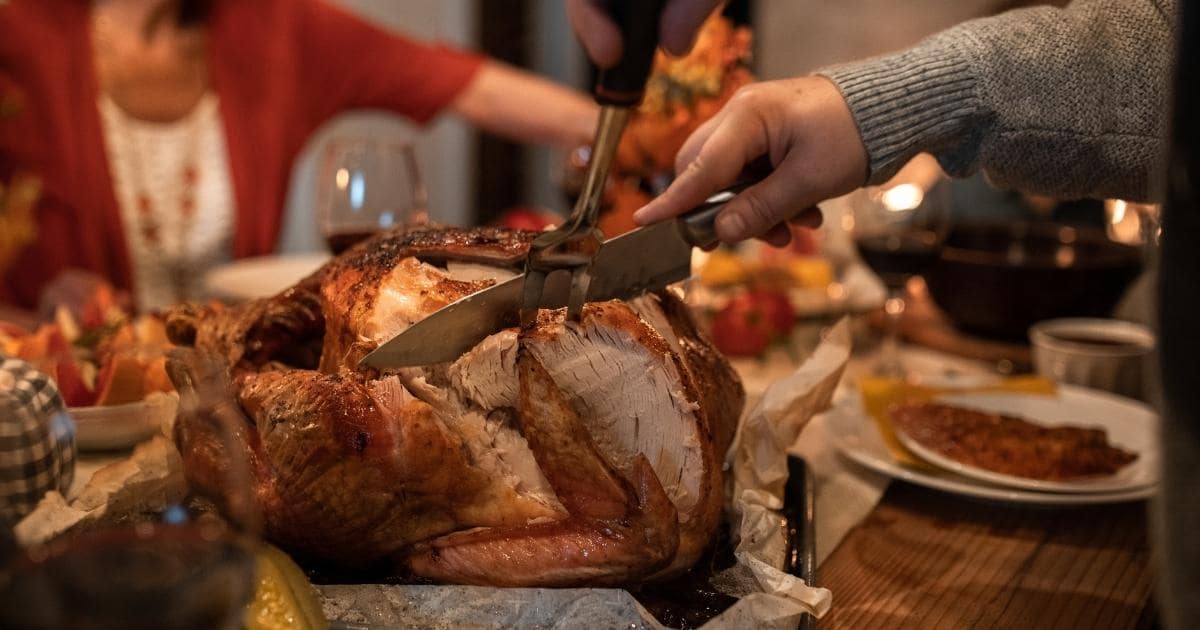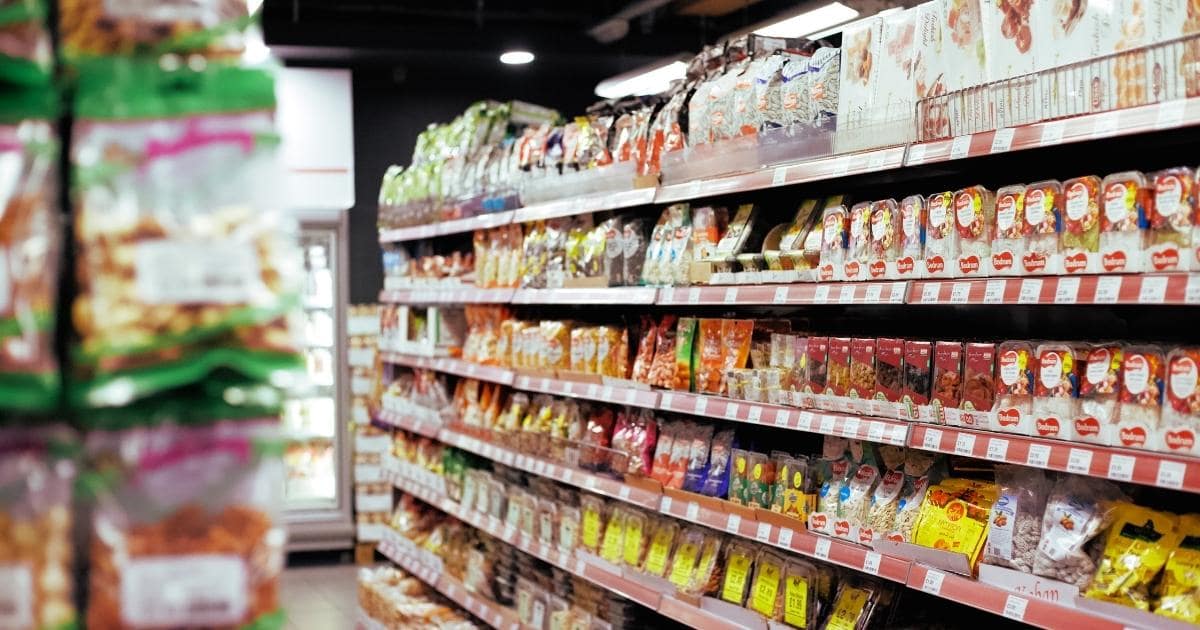Procuring Thanksgiving Dinner: What’s on the Table for the Food and Beverage Industry
Thanksgiving is one of the most important holidays for the food and beverage industry in the U.S. Last year, the holiday brought in $2.8 billion in sales-lift and remains second only to Christmas (which brought in over double that at $6.2 billion).
Getting a Thanksgiving dinner from farm to table is an intricately complex affair for food and beverage procurement teams, with supply chain shortages, inflation, and rising food costs affecting consumer decisions all playing a part. This year is shaping up to be no different.
In this blog, we’ll dive into what Thanksgiving looks like on the procurement side of the table in 2023 and how food industry professionals are preparing for another successful year filled with stuffed turkeys, cranberry sauce, and other holiday food and beverage staples.
Food and Beverage Procurement Thanksgiving Trends
If there’s one thing to know about Thanksgiving dinner this year, it’s that it’ll be more expensive. Inflation has risen 1.7% since 2022 and 27.4% since 2019. While this is hardly surprising given the broader economic climate of uncertainty, increasing costs can mean more strapped budgets for consumers (and therefore, less sales for food and beverage industry companies). Thankfully, that doesn’t seem to be the case — while just over 30% of Thanksgiving celebrators in the U.S. expect they’ll pay more for their meal this year, they’re not planning to pare down the menu.
Here are some additional consumer behavior trends to note for 2023:
- 79% of consumers say their families are celebrating their usual Thanksgiving traditions in 2023.
- Most Thanksgiving food purchases will be made the week prior to and the week of Thanksgiving.
- 10% of Thanksgiving meal occasions included an item sourced from a restaurant or foodservice.
Fluctuating Thanksgiving Food and Beverage Cost
Food prices are in flux, and Thanksgiving foods in particular are no exception. Supply chain, logistics, and supply all dictate how the market price shapes up. For example, turkeys are much less expensive this year due to production growth, while pork-based meats are more expensive due to high feed costs and limited expansion from producers.

Let’s break down some of the more popular Thanksgiving menu items to examine how food and beverage procurement is affecting the costs of goods behind the scenes.
- Turkey: Fowl lovers rejoice: turkey is 22% less expensive than last year at $1.27 per pound. We can already smell the stuffing.
- Ham: Pork is near an all-time high and 5.2% more expensive than last year at $4.56 per pound.
- Cranberries: Time to go for fresh and homemade over canned. Fresh cranberries are 20% less expensive than last year. However, canned cranberries are 60% more expensive than last year.
- Sweet potatoes: The staple of many a Thanksgiving dessert casserole is just 4% more expensive than a year ago given the sweet potato’s ability to be grown and stored year-round in controlled storage environments.
- Potatoes: Whether you like them mashed, baked, or fried, potatoes are 14% more expensive than last year.
- Green beans: One of the few greens to make an appearance at U.S. dining tables, green beans will be 9% more expensive than last year.
- Pumpkin: If you’re planning to make pumpkin pie, make sure to plan for the cost. Canned pumpkin is 30% more expensive than last year.
Supply Chain Challenges
Why the increasing costs of some goods while others are decreasing? It could be that supply chains haven’t normalized since the COVID-19 pandemic. Unfortunately, that doesn’t look to change before this year’s food holidays.
Supply chain managers surveyed by CNBC last year said they don’t expect supply chains to return to normal until 2024 or later — some 29% predicted it would be 2025 or later, or perhaps never. Food and beverage supply chain is facing all the same challenges the overall industry is facing:
- Raw material availability (as we saw with pork)
- Port congestion
- Lack of skilled workers
- Reduced warehouse space due to rising inventories

In sum, despite these looming challenges, the food and beverage procurement industry is hard at work ensuring this year’s Thanksgiving supply can effectively meet the demand — which isn’t anticipated to change despite increasing prices.
3 Thanksgiving Procurement Tactics for Food and Beverage
It’s not easy to correctly anticipate and then meet the demand for a major food holiday like Thanksgiving year after year. Yet, food and beverage procurement professionals step up to the task, ensuring the turkey meets the table. It takes coordination, advanced planning, and expertise to make it work together smoothly. Here are three ways food and beverage procurement teams can prepare for the Thanksgiving holiday.
- Demand Forecasting and Inventory Management: To optimize inventory levels and minimize waste, food industry procurement managers need to hone a mix of historical data and technology to manage their inventory efficiently to meet demand.
- Supply Chain Coordination and Staffing: Since most shoppers will be making their purchases the week before or the week of Thanksgiving, it’s critical for procurement teams to ensure timely deliveries. Collaborating with suppliers and preparing staff effectively is key to meeting the Thanksgiving rush.
- Technology Integration: Last but not least, food and beverage procurement professionals need the right technology at their disposal to streamline pricing, reduce costs, and ensure their procurement processes aren’t introducing any risk to their supply chain.

Arkestro: Food and Beverage Procurement’s Strategic Partner
Machine learning, game theory, and behavioral science can be powerful allies when added to the food and procurement technology mix. At Arkestro, Predictive Procurement Orchestration (PPO) allows the food industry to unlock a new level of efficiency, quality, and precision. Here’s how it works.
PPO harnesses the power of data in a user-friendly platform to provide real-time insights and recommend (or even perform) actions on your behalf. It’s as simple as plugging in your data, letting Arkestro fill in the gaps, and seeing the results, including:
- Enhanced supplier relationships for smoother transitions no matter where you’re sourcing.
- Expedited negotiation processes, which is essential in such a dynamic industry and around the holidays.
- Automated manual tasks to optimize efficiency and accuracy so you can spend less time worrying about your supply chain and more time on your Thanksgiving vacation.
Envision securing the optimal prices for your Thanksgiving dinner essentials, sourced from premier stores and timed to perfection – that’s Arkestro. Learn more about how PPO helps food and beverage companies find solutions, or reach out for a demo today.
